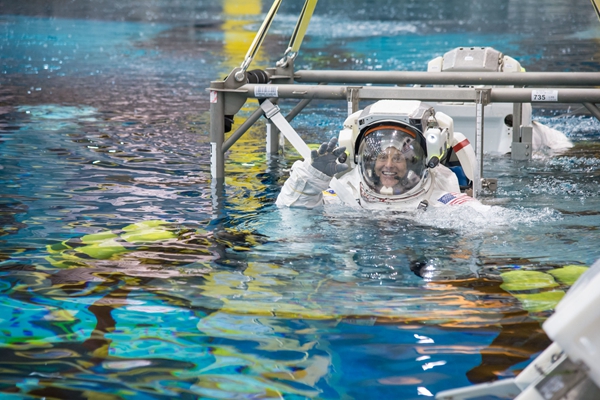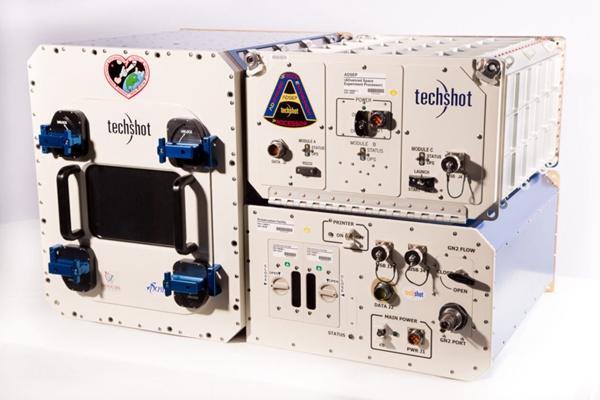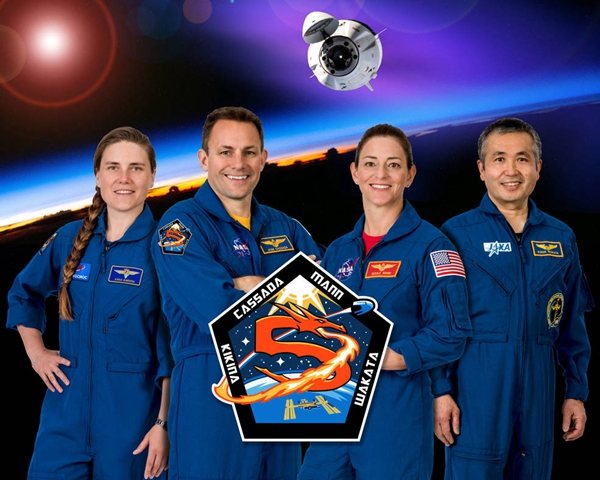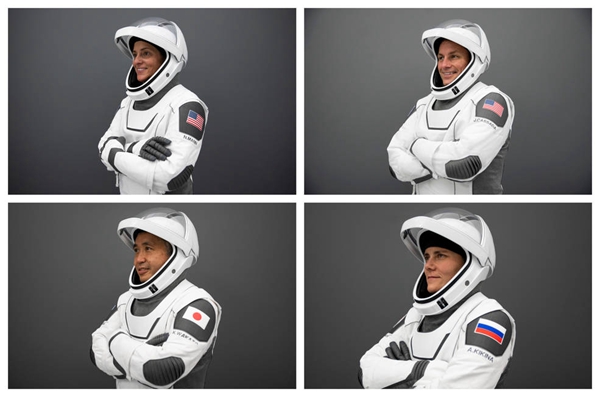23 August 2022 - NASA is preparing for the SpaceX mission to carry the fifth group of astronauts to the International Space Station (ISS).The Crew-5 mission is scheduled to launch this fall from NASA's Kennedy Space Center in Florida, led by astronaut Nicole Aunapu Mann She will be the first native American woman to fly into space.
During her time in orbit, Mann plans to conduct scientific experiments on board, particularly those using the Biofabrication Facility (BFF), the first3D printer dedicated to manufacturing human tissue in microgravity conditions in space. Talking about the space mission, Mann also expressed her excitement at being the first Aboriginal woman to go into space, something that was almost unimaginable until then.

△NASA astronaut Nicole Mann trains for a spacewalk in the Neutral Buoyancy Laboratory.
Photo courtesy of photographer Lauren Harnett and NASA.
Bioprinting in space
When asked how she would organise her mission while in orbit, Mann said: "I'm looking forward to the scientific experiments that will unfold on the space station for the benefit of humanity, and one of those experiments is called biomanufacturing. As the name implies, it involves 3D printing human cells, which sounds futuristic to me."
Launched in December 2019, the BFF is the first US-built system capable of manufacturing human tissue in microgravity using adult human cells and proteins. The device, designed by Techshot (now part of the Redwire Group) and nScrypt, was designed to print organ-like tissue in microgravity. Today, it is installed in the ISS National Lab, where astronauts have used it to successfully print tissue structures with large numbers of human heart cells as well as human meniscus-like tissue structures.
Like many experiments at the ISS National Lab, the BFF takes full advantage of the microgravity conditions of space, which can help overcome many of the challenges surrounding 3D bioprinting of complex structures on Earth, such as printing tiny networks of capillaries. As a stepping stone to long-term plans to manufacture entire human organs in space, the success of BFF could lead to potential medical breakthroughs, starting with the creation of patient-specific replacement tissues or patches. Ultimately, it could have enormous potential to one day help alleviate the organ shortage crisis.

△Techshot's 3D biomanufacturing facility for microgravity bioprinting. Image courtesy of Techshot.
Like other astronauts before her, Mann says she's looking forward to testing the printer, which could create "more complete cellular structures" than bioprinters on Earth.
Considering that the ultimate goal of the BFF is to print organs, Mann said, "We're not there yet". Still, she highlights the key breakthroughs made by the BFF in just three years.
Leading the next space mission
Born in Petaluma, California, the 45-year-old mechanical engineer, Marine Corps colonel and fighter jet test pilot was selected in 2013 as one of eight members of NASA's 21st astronaut class. This will be Mann's first space flight since becoming an astronaut, and as mission commander she will be responsible for all phases of the flight, from launch to re-entry. Once on board the space station, she will be the flight engineer for Expedition 68 for about six months.

△NASA's SpaceX Crew-5 mission will carry two NASA astronauts, mission commander Nicole Mann and pilot Josh Cassada, as well as JAXA (Japan Aerospace Exploration Agency) astronaut Koichi Wakata, and Roscosmos astronaut Anna Kikina. photo credits National Aeronautics and Space Administration (NASA)
The ISS is currently being flown by Expedition 67, which began in March when Soyuz MS-19 returned to Earth and will continue until the departure of Soyuz MS-21 at the end of September. the Crew-5 mission will also carry NASA astronaut Josh Casada, as well as JAXA astronaut Koichi Wakata and Roscosmos astronaut Anna Kikina. The Falcon 9 rocket and the Dragon Nelly spacecraft that will carry the crew are scheduled to launch from Rocket Range 39A no earlier than 29 September.

△ NASA's SpaceX Crew 5: Astronauts Nicole Mann, Josh Casada, Koichi Wakata and Anna Kikina. Photo credit: NASA







